Broiler production management with robots
Currently, the United States is the world’s largest broiler producer with the annual sales of $40 billion. Modern broiler production is facing emerging challenges of animal health, food safety, environmental impact, and increasing concern from the general public on animal welfare. Fast growth rate and heavier body weights of broilers are associated with welfare concerns like gait defects and lameness. Those welfare concerns triggered attention from the general public, the primary restaurants or grocers, and regulators to improve broiler welfare and the measurement. Daily routine task of poultry welfare inspection is labor intensive, time consuming, and subjective to human errors due to complex housing conditions. Therefore, automatic systems such as robots have been developed and tested for monitoring or controlling poultry production and environmental conditions.
A robot (Octopus Poultry Safe) designed by a French company was tested to sanitize poultry houses and floor by delivering liquid disinfectants autonomously (Figure 1). In addition, the robot can collect environmental data of temperature, humidity, carbon dioxide, and light intensity. Another similar robot in development or testing is called Metabolic Robot (Figure 2).
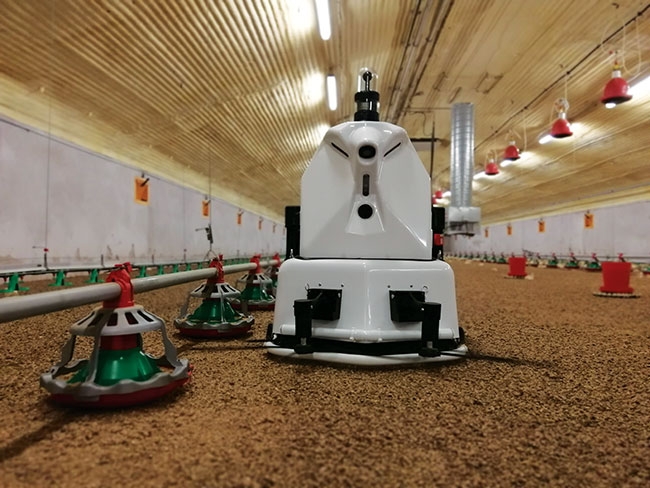
Figure 1. Robot in disinfecting pen floor (phone credit: Canadian Poultry Magazine).
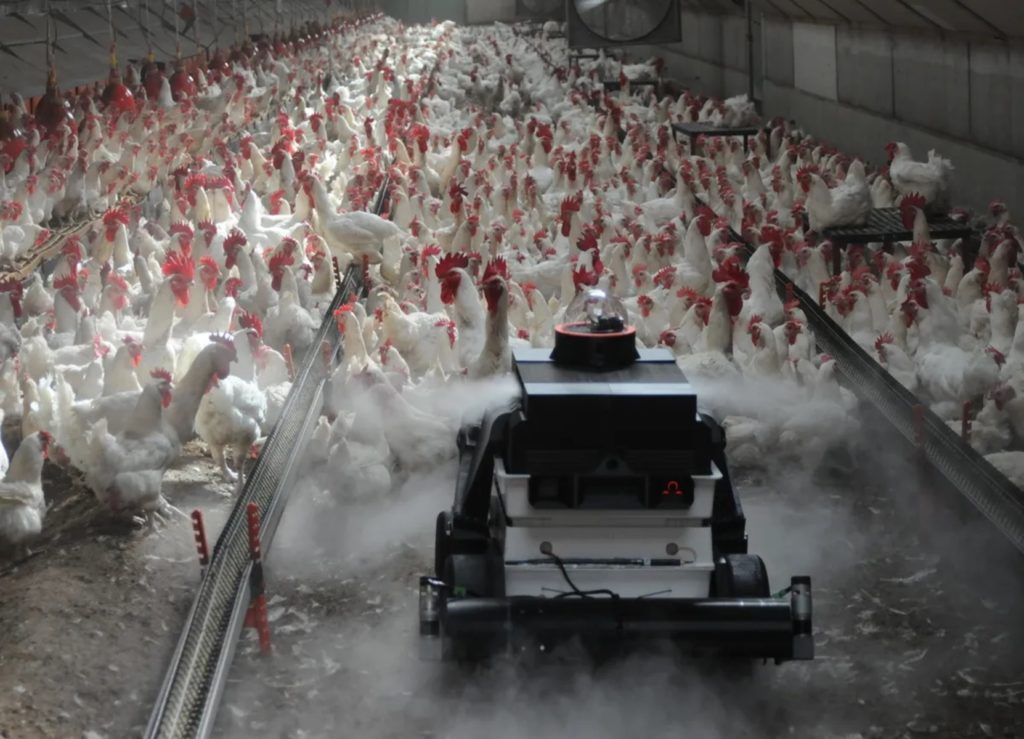
Figure 2. Metabolic Robot (Phone credit: The Poultry Site).
Besides ground robots, there are some ceiling robots for scanning poultry house production and environment (Figure 3). Ceiling robot is often equipped with cameras to collect top view images of chickens for analyzing health and welfare.

Figure 3. Ceiling robot (photo credit: Big Dutchman).
Managing floor eggs in cage-free hen houses with robots
United States is the world’s 2nd largest egg producer (105 Billion table eggs in 2017), but the egg industry is facing a number of animal welfare scrutiny regarding conventional battery cage systems. The primary fast food chains and big box grocers (e.g., McDonald and Walmart) have pledged to source only cage-free eggs by the year 2025. According to the pledges, the market share of cage-free eggs will be increased from 24.5% in December 2020 to 72% by 2025 (Data sources: USDA Cage-free Shell Eggs reports, UEP, and Egg Industry Center). In addition, seven states have passed regulations to source only non-cage eggs by 2025 or earlier. However, cage-free production is not without its own challenges. The percentage of floor eggs could be as high as 10-15% on cage-free egg farms (Figure 4). Floor eggs must be collected manually by farm workers daily, which increases labor costs. Furthermore, floor eggs are at higher risk of contamination by bacteria (e.g., Salmonella) from litter/manure, which may trigger food safety concerns with the general public. Salmonella outbreaks are a potential within the egg industry and increased floors eggs could exacerbate the problem.
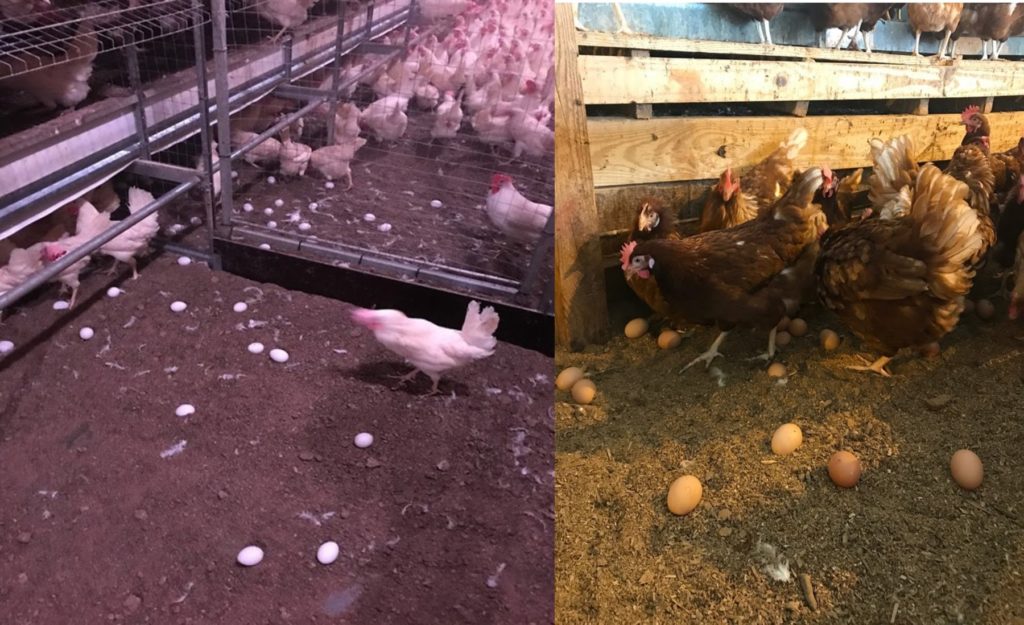
Figure 4. Floor eggs within cage-free hen houses (photo credit: Lilong Chai).
Floor egg collection with robots
There are two primary robotic applications for floor egg management. The first is using robots to physically collect floor eggs and the second application is to use the robots to discourage floor-laying behaviors. Lab-scale studies on robotic applications on egg collection have been tested in different countries. In the Netherlands, researchers at Wageningen University designed a robot (PoultryBot, Figure 5) with dimension of 1.1 m L× 0.55 m W× 0.45 m H. According to their lab tests based on 300 floor eggs, the robot successfully collected 46% of eggs. In the U.S., UGA poultry science researchers in collaboration of Georgia Tech engineers, have evaluated a French company’s robot (Spoutnic, by Tibot) and improved the robot’s capabilities of egg detection, target approach, and egg collection capabilities. The floor egg retrieval success rate reported for Spoutnic is over 80% in laboratory or experimental cage-free housing tests. Mississippi State researchers developed a vision-based floor-egg detecting software to work together with robots to improve the accuracy of identifying floor eggs (Figure 6).

Figure 5. PoultryBot developed for floor egg collection (Vroegindeweij et al., 2018).
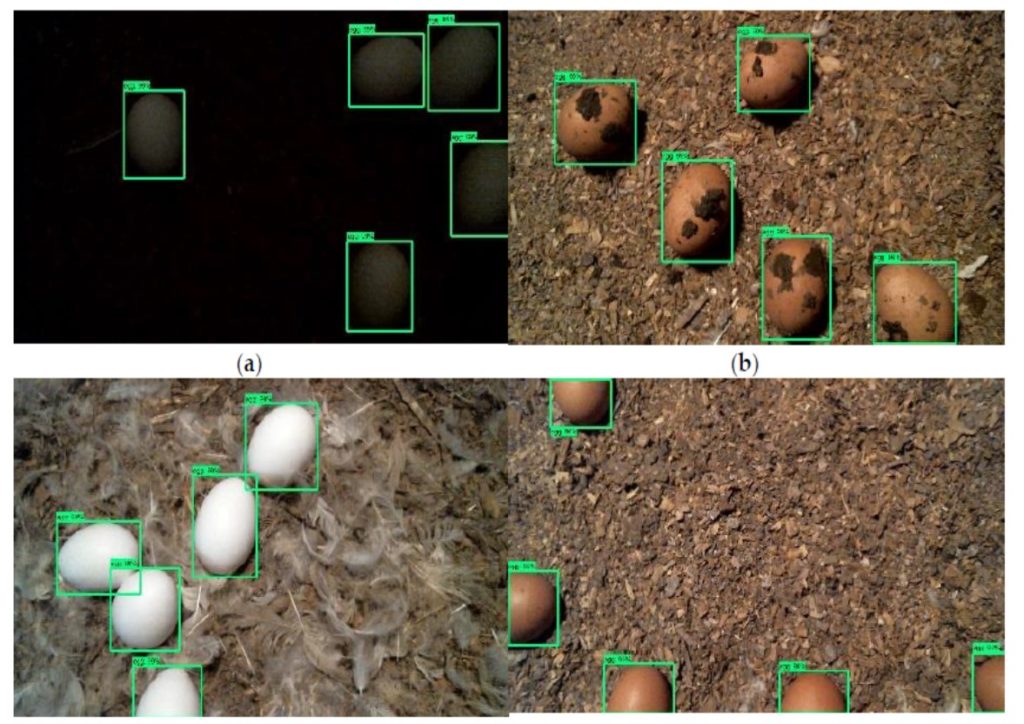
Figure 6. Floor eggs detection with vision-based method (Li et al., 2020).
UGA Poultry Science researchers tested the Spoutnic robot in commercial broiler breeder houses in Georgia (Figure 7). The number of floor eggs were reduced significantly, however, numerous eggs were laid on the raised slats between nesting boxes instead of on the floor. Increasing numbers of eggs on floor or raised slats reflect issues with nesting boxes.
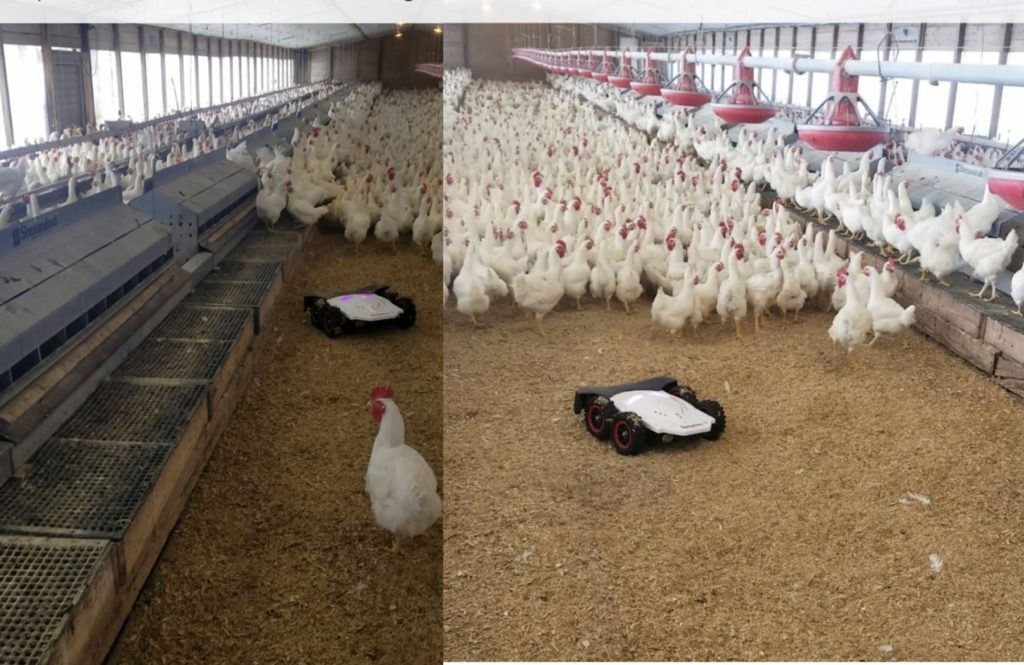
Figure 7. Robotic application for reducing floor eggs in broiler breeder houses (photo credit: Claudia Dunkley).
In addition, UGA researchers (led by Lilong Chai) are investigating ceiling mobile system for tracking floor eggs. By tracking the floor eggs (e.g., number of eggs in different areas and specific location), farm staff will be able to manage floor eggs precisely (Figure 8).
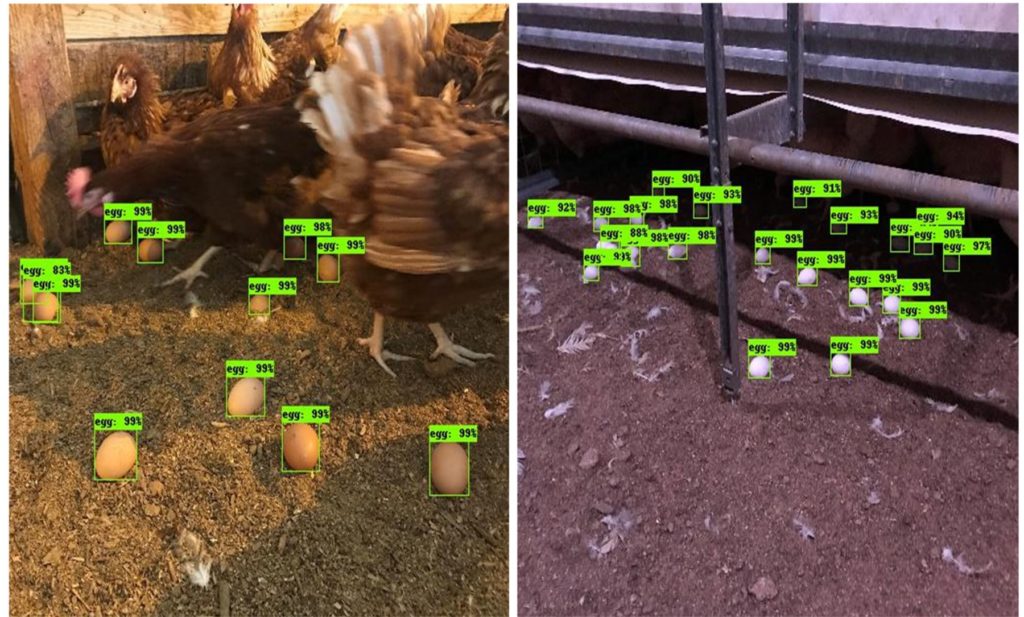
Figure 8. Imaging system for tracking floor eggs in commercial cage-free houses (photo credit: Lilong Chai).
Further readings
Chai, L., 2021. Cage-free Hen House Floor Egg Management. Poultry Tips. UGA Poultry-Extension.https://site.extension.uga.edu/poultrytips/2021/01/cage-free-hen-house-floor-egg-management/
Li, G., Y. Xu, Y. Zhao, Q. Du, Y. Huang, 2020. Evaluating convolutional neural networks for cage-free floor egg detection. Sensors 20(2), 332.
Vroegindeweij, B.A., S.K. Blaauw, J.M. IJsselmuiden, E.J. van Henten, 2018. Evaluation of the performance of PoultryBot, an autonomous mobile robotic platform for poultry houses. Biosystems Engineering 174, 295-315.
(Author: Dr. Lilong Chai, Assistant Professor & Poultry Engineering Specialist, Department of Poultry Science, University of Georgia)